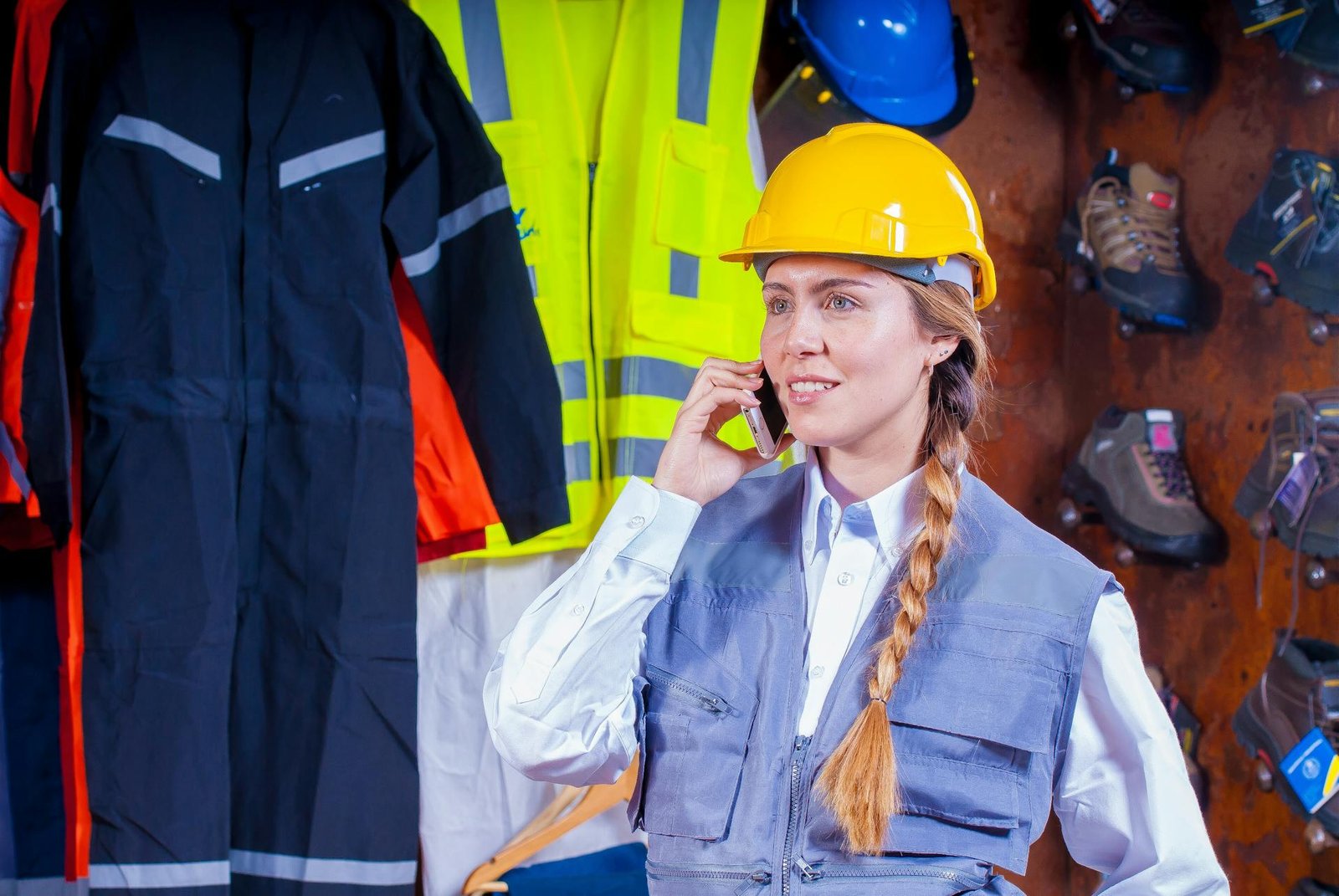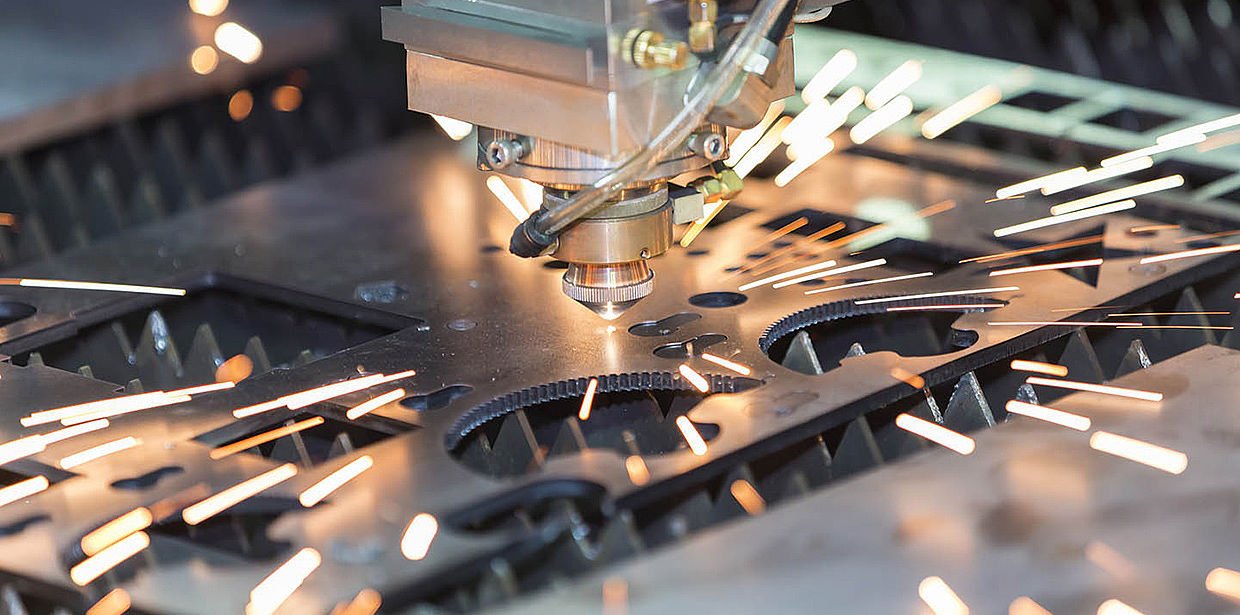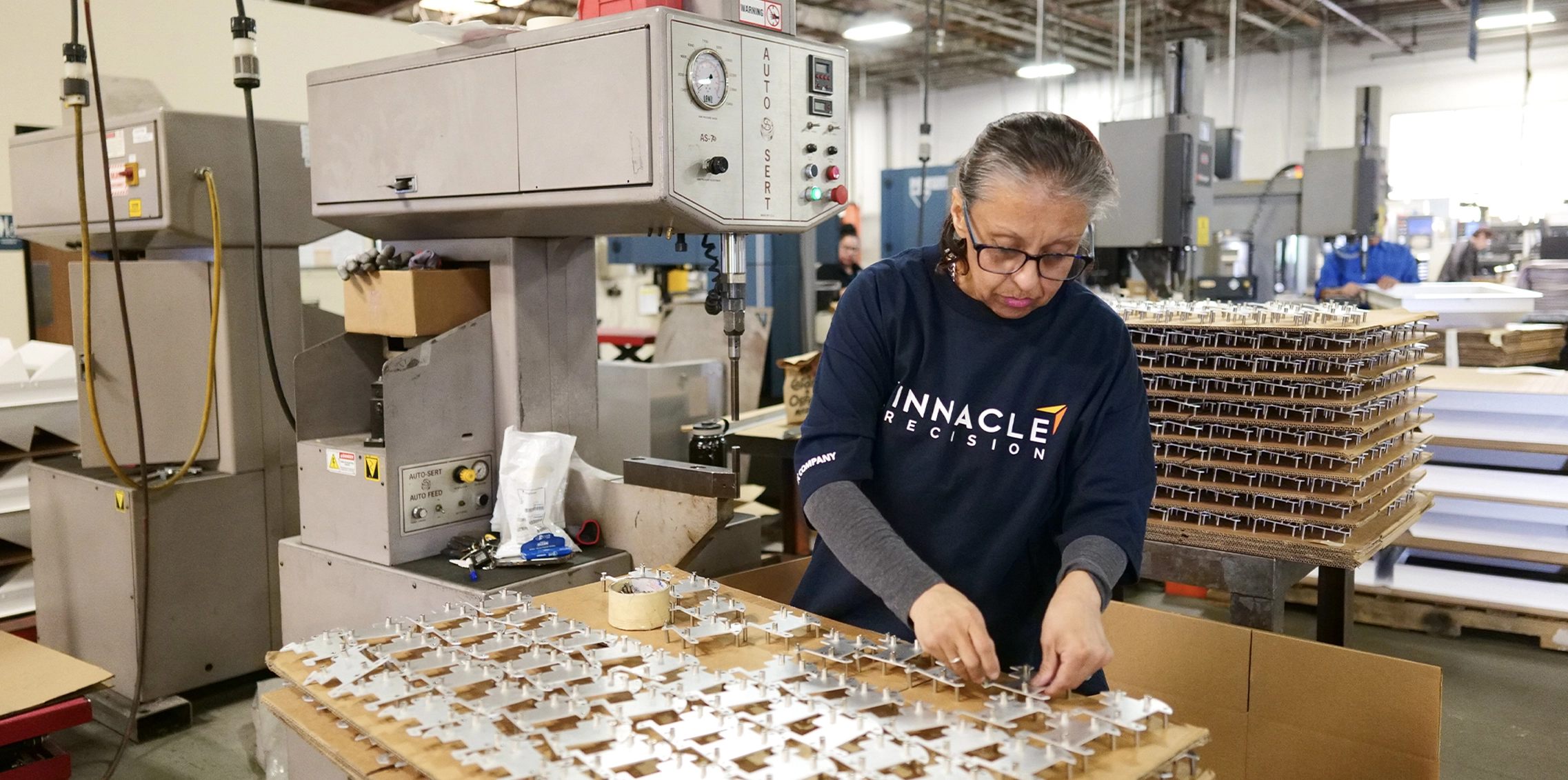Today’s industrial machinery is more complex than ever before. In many cases, it consists of more moving parts, and it runs at faster speeds than its predecessors. It’s also far more functional. Of course, those factors can make modern machinery more dangerous as well. To combat that problem, an ever-growing list of increasingly stringent safety regulations has been developed to protect the people who are working with those intricate pieces of equipment.
Exploring the Latest Protective Solutions for Industrial Machinery
Those factors have given rise to an array of Advanced Protective Systems. That being said, advanced protection can mean different things to different companies. For some, the most useful developments may be as seemingly simple as new materials for machine guards that are more durable or protective covers that are more resistant to moisture, chemicals, and other contaminants. Though those types of systems may seem simple on the surface, a great deal of ingenuity and engineering went into their development.
Beyond new materials and designs, several technological advancements have made their way into the world of protective systems. Some are improvements upon existing technology whereas others seem a bit like something out of a science fiction novel. Take a look at some of the recent developments that are protecting industrial equipment and its operators.
IoT Technology
The internet of things alone has brought numerous advancements to industrial machinery. Improved sensors are a prime example. Machines can now be fitted with a range of sensors, all of which are interconnected. They can monitor for safety issues, operational problems, and many other factors. Those sensors can communicate with each other and with manned control centers. They can shut down machinery if workers get too close to moving parts or try to open guards while machines are in operating. They can also shut off equipment or notify human workers if machines aren’t operating properly. Those are only a few of the capabilities of IoT technology.
Collaborative Robots
Humans and robots are also working together at present. Though robots have been part of the industrial world for a while now, in the past, they needed to remain somewhat isolated from human workers for safety reasons. That’s not always the case these days. Newer versions can sense movement and automatically avoid obstacles. They can track human movement and adjust their movements accordingly. Those are only a few of their capabilities. Not very long ago, people feared working alongside robots. Today, though, it’s fairly commonplace.
AR Interfaces
Augmented reality is also improving safety and productivity in industrial settings. Specially designed user interfaces can overlay images on users’ actual field of view. They may guide employees on how to use machinery, mark danger zones around equipment, or provide step-by-step maintenance instructions to name a few possibilities. AR technology can keep workers safe, help them improve production, reduce wear on machinery, and provide many other benefits. Though it may sound unbelievable, it’s a reality.
Taking Industrial Equipment into the Future
Today’s industrial equipment is far more advanced than that of the past. Safety measures and protective systems are as well. While technological advancements mean different things to different companies, they’re all equally important. They’re improving safety, efficiency, productivity, and many other elements in the workplace, and they’re set to take industrial equipment well into the future.






